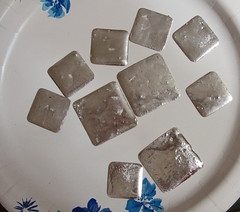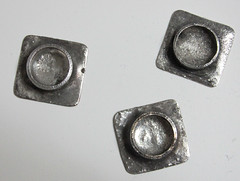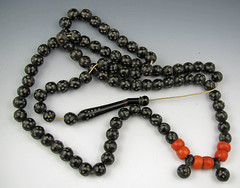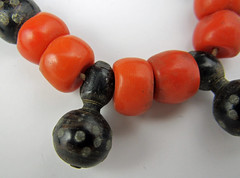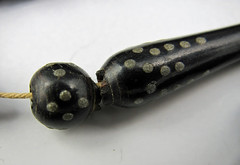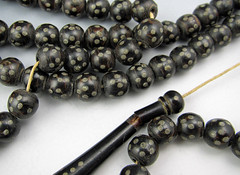During the summer I had the pleasure of taking Homesteaders' Metalsmithing, an online course by Stephanie Lee. One of the major things I learned was soldering with a torch. I had some reservations before the course began about whether the online format was a good one for learning to solder, but my fears were completely unfounded. The class was fantastic! It's a combination of blog posts, pdf's, videos, and a wonderfully energetic and supportive yahoo group email list. I learned a lot but didn't get as much done as I'd hoped (I was getting ready for Red River Revel and got sidetracked making jewelry for it.)
I signed up for Homesteader's 2, which started this week. New material is being introduced in this session, although much of the material is a repeat. The class runs five weeks instead of four. The material is available on-line for several months so the videos and other material will be available for review. One of the new subjects is use of a rolling mill. I gifted myself with an economy model rolling mill after Red River Revel so I'm looking forward to this part. Hopefully I'll get a lot more practice this time around as well as learn some new things.
I ran out to Sears today and got a stand for the bench grinder. We didn't have a place in the garage to mount it and now we do! And it wasn't expensive or hard to put together. Plus, plus! During the last class I did all the filing on the little brass squares and rectangles by hand and it took way too long.
I finished some components but not soldered pieces in the last class. My friend, Bren, sent me some pictures to use. Didn't she do a great job? Bren and Julie and I met at Adorn Me! last year and all three of us took Stephanie's online class.
The photo above is Elvis Presley as a child.
Bren used a napkin ring and a clip on earring in this pendant.
This pendant utilizes a skeleton key and scrapbook paper.
This is a dried daisy in an antique bezel, with resin.
A handmade bezel with a photo behind resin, and a screw back earring.
Bren cleverly used some hardware trim on this one.
Check out Julie's blog HERE and look at her work.
Now for the giveaway. Homesteader's 1 included a copy of Stephanie's great book, Semiprecious Salvage. Reading the book is like taking a class. I love the story format she uses, and the multitude of close up photos.
I already had a copy of Stephanie's book so now I have two. You can win one of them by commenting on this post. If you post it to Facebook or tweet it you can get another chance. Tell me about it in separate comments. Just be sure I have a way to get hold of you, either through an email linked to your profile or leave me your email address. You can spell it out: "name at suchandsuch dot whatever" instead of using the symbols. The deadline for comments is noon CST on Monday, November 15th. Due to the incessant spamming comments by people promoting links to "adult" sites I've turned comment moderation on. I'll be out of town on some day trips this week, so don't get stressed if your comment doesn't doesn't get approved right away. I'll get to it!
